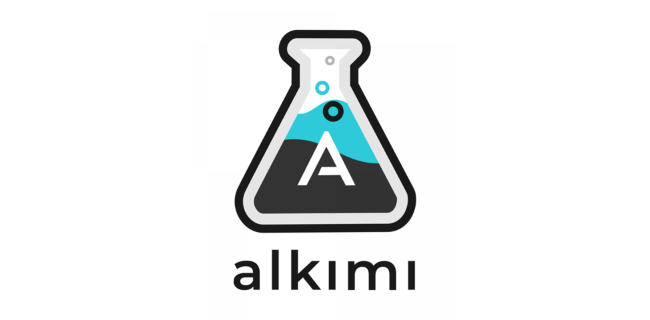What made you establish Alkimi?
I was a retail cryptocurrency investor a few years ago, along with Ben Putley, a close friend and co-founder of Alkimi. We spent a lot of time researching and talking about the latest trends in blockchain and DLT (distributed ledger technology), and when Covid was in full swing, it was a hobby that kept us sane during the worst lockdown. In the summer of 2020, we find ourselves deep into the world of DeFi (decentralized finance) where blockchain technology provides real utility in an industry driven by speculation.
Witnessing genuine peer-to-peer transactions and functionality opened our eyes to what was possible using blockchain and DLT for other business use cases. One in particular that caught our attention was a decentralized cryptocurrency exchange called Uniwap, which allows for real-time peer-to-peer cryptocurrency trading through the use of large pools of liquidity. This led us to ask: could this same methodology be used to trade digital ads?
On paper, all it meant was exchanging cryptocurrency A for a publisher and cryptocurrency B for the advertiser, but we soon realized that Ethereum was a major bottleneck to build such an exchange. Some tried to do it before DeFi came along, but the Ethereum network hasn’t gotten any faster since.
To break the speed barrier, we invested in a new type of blockchain pioneered by Constellation Networks called the Hypergraph, which was fast enough for instant transactions and provided horizontal scaling – the two foundations for a successful programmatic ad exchange.

What does a decentralized approach imply in the context of digital advertising?
Currently, some digital advertising exchanges run through centralized servers and companies. These companies create a black box environment that can overshadow what is actually happening to suit their own buying, selling, or arbitrage of stock. This behavior is so damaging to the industry that it has caught the attention of antitrust lawmakers, as seen in the case of Google’s “Project Bernanke”.
The purpose of decentralization is to provide full transparency, trust and fair value exchange by conducting and validating transactions across a globally distributed network and nodes. This creates a single source of truth for each transaction, with log-level data accessible to any network participant, wherever they are. Fundamentally, participants retain full control of the privacy of their data as it is accessed via encrypted keys, meaning that only authorized parties can view the details of a specific transaction, while maintaining full auditability of the data. Dice. In such a system, there is no room for fraud or wasted spending.
How have you witnessed the evolution of blockchain technology over the past five years?
We have seen a move away from proof-of-work mechanisms towards fairer, faster and less energy-intensive methods of reaching consensus. Ethereum – the second largest cryptocurrency by market cap – has switched to a proof-of-stake consensus, which the Ethereum Foundation estimates will use 99.95% less energy.
We also saw new methods of sorting data within a ratio change. For example, the term “blockchain” is used to describe the entire industry, but there are many types of distributed ledgers. The Constellation Network’s Hypergraph, for example, is a DAG (directed acyclic graph), which is a blockchain where the graph or chain does not come back on itself. Unlike linear blockchains like Ethereum or Bitcoin, where each block can only be created by the latter, DAGs can add data to any available validated transaction, allowing for horizontal scalability.
Such innovations have created blockchains as fast and scalable as any centralized system, while also addressing all the common arguments raised against the technology. This opens up applications for blockchain beyond simply solving the problems of crypto-to-crypto exchanges and can be used by a wide variety of sectors and industries that would benefit from decentralized systems.
What does the future hold for Alkimi?
We recently launched our digital display ad exchange, but this is just the beginning, and we have an ambitious and detailed roadmap for the next three years. The immediate objective is to offer agnostic ad-buy, where advertisers and media owners can transact with any type of media, from traditional display ads to CTV and even Metaverse, all united under the same consensus engine to provide a standardized experience on point of purchase .
In addition to ad-swapping, we also have a patent-pending solution for imminent cookie retirement, where consumers are rewarded for interacting with the ad, based on full, informed permission rather than reluctant consent. It is unlike anything else on the market and we believe it will fundamentally change the current power dynamics of digital advertising.
All of this feeds into our broader vision of building an ecosystem that supports the next decade of programmatic advertising, while bridging the gap between web 2.0 and web 3.0. We have a number of tools, products and services in the pipeline to help marketers engage with their audiences and close conversion loops. Today’s centralized system operators have a lot to offer and inertia is a powerful force, so we have to break away from things people have never seen before and still deliver everything that ad buyers and sellers expect.
The possibilities of this new infrastructure cannot be underestimated. We want to connect with the people on the coal face of the industry who are best placed to discover these possibilities, improve what exists today, and find uses we haven’t even imagined.









